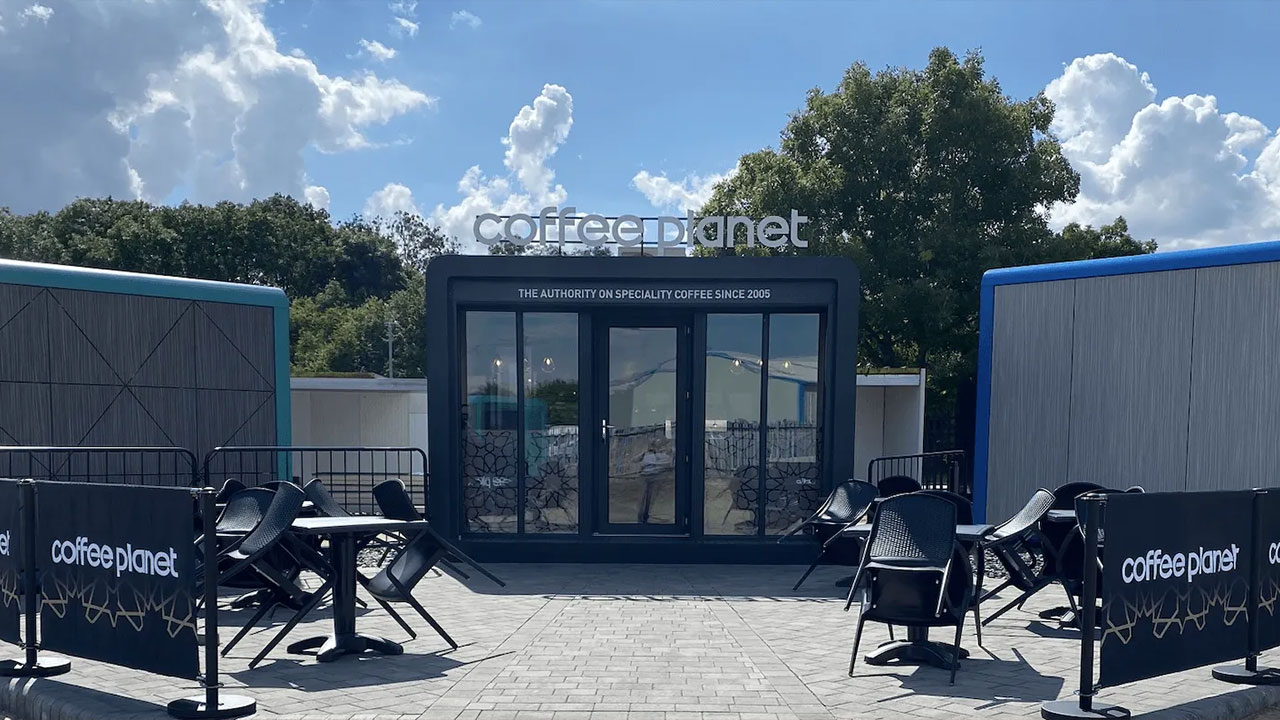Are SmartPods Environmentally Friendly?
SmartPods, with their sleek design and modular construction, offer a perfect balance between convenience and eco‑responsibility. But what exactly earns them that green reputation? In this article, we explore every stage in a SmartPod’s life‑cycle—materials, manufacturing, operation, and end‑of‑life to reveal how these modular buildings live up to sustainable expectations.
From tighter building regulations to growing consumer awareness, sustainability has moved from a “nice‑to‑have” to an essential requirement. When choosing any new structure, be it a garden gym, classroom, or golf simulator – it’s imperative to have an eco-friendly building.

Sustainability in Modern Construction
By combining off‑site manufacturing, energy‑efficient materials, and long‑term durability, SmartPods address sustainability from multiple angles. They conserve resources during production, slash operational energy consumption, and remain useful far longer than many comparable structures. Factor in optional eco‑upgrades and an end‑of‑life plan rooted in recycling rather than landfill, and you have a building system ready for the low‑carbon future.
SmartPods demonstrate how thoughtful design and responsible manufacturing can significantly reduce environmental impact without sacrificing comfort or aesthetics. Whether you’re looking to create a home office, a garden gym, or an education suite, choosing a SmartPod means choosing a solution that treats the planet with the respect it deserves, today and for decades to come.

Made in Britain: Shorter Supply Chains, Stronger Standards
SmartPods proudly carry the Made in Britain mark. Local fabrication reduces the miles components travel before assembly and subjects the process to UK environmental regulations, among the most stringent in the world. Supporting domestic manufacturing also keeps skills and jobs within the local economy, which in turn lowers the need for long‑distance commuting or shipping. This ensures shorter supply chains, allowing tighter quality control. A well‑built pod is less prone to early failure, reinforcing the carbon‑saving principle of longevity.









